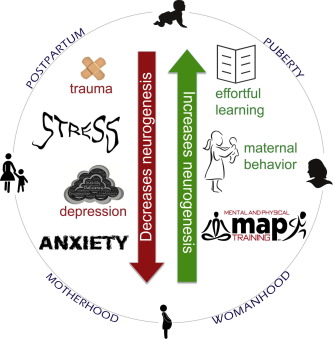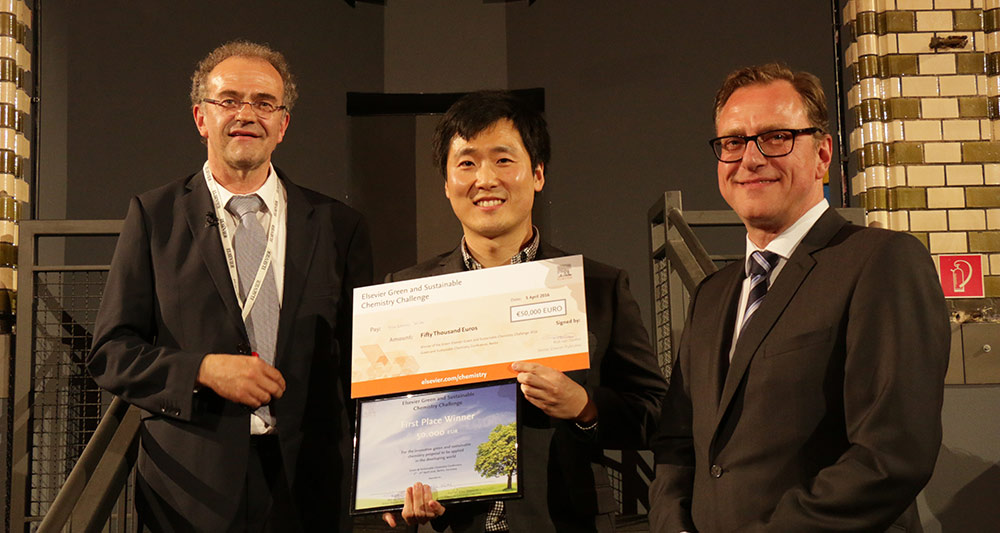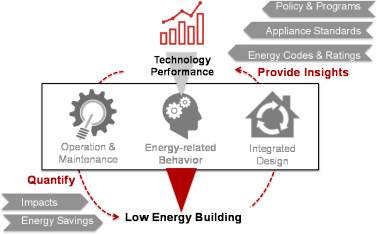Qing Chang,
Chapter 11 - Emulsion, Foam, and Gel,
Editor(s): Qing Chang,
Colloid and Interface Chemistry for Water Quality Control,
Academic Press,
2016,
Pages 227-245,
ISBN 9780128093153
There is a paucity of research on sexuality within accounting studies in general, and next to nothing on lesbian, gay, bisexual and trans* (LGBT) sexualities in particular. One major problem associated with this neglect is that the heteronormative bias within the accounting studies goes unchallenged, reproducing a heterosexual/homosexual binary that posits heterosexuality as a normative standard by which other sexualities are judged and found wanting.



